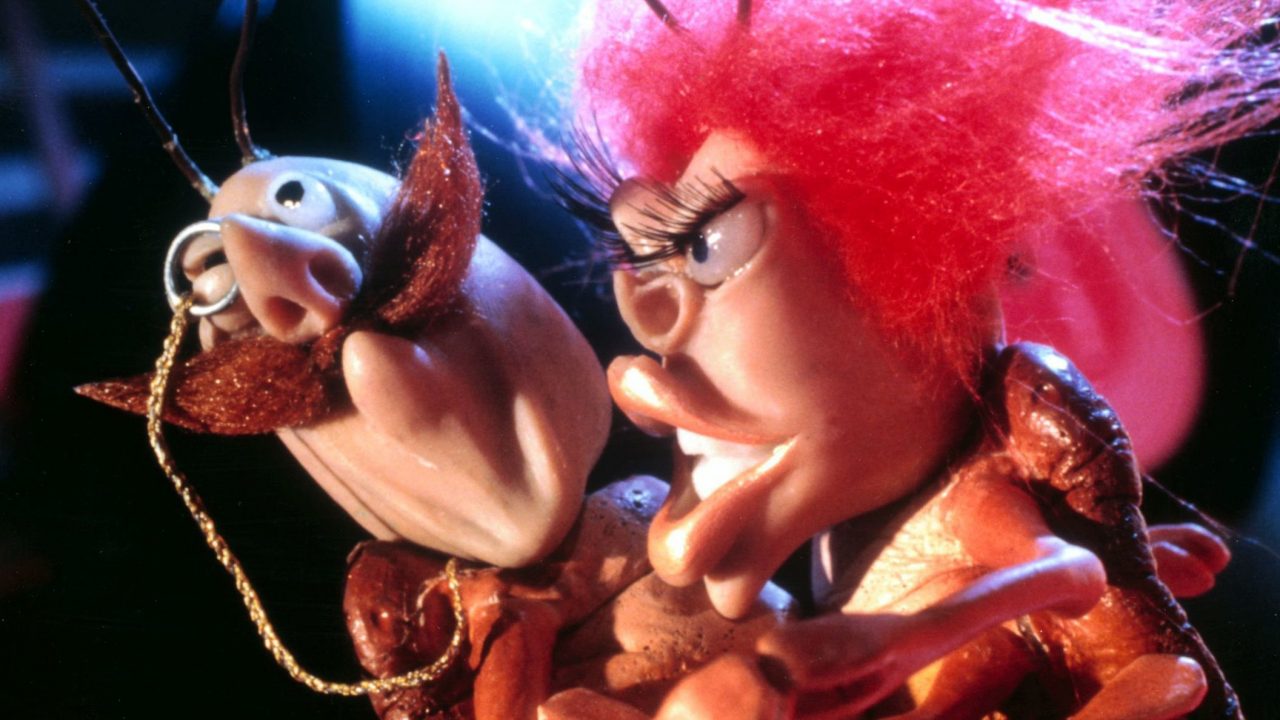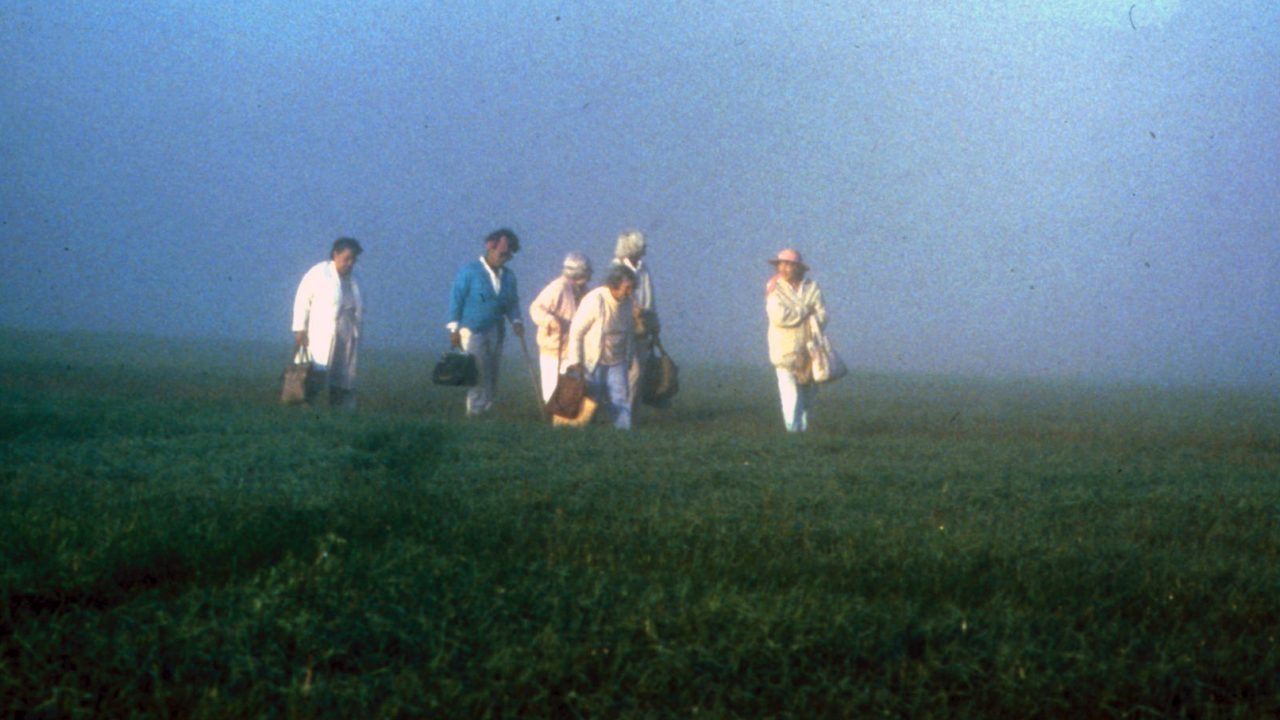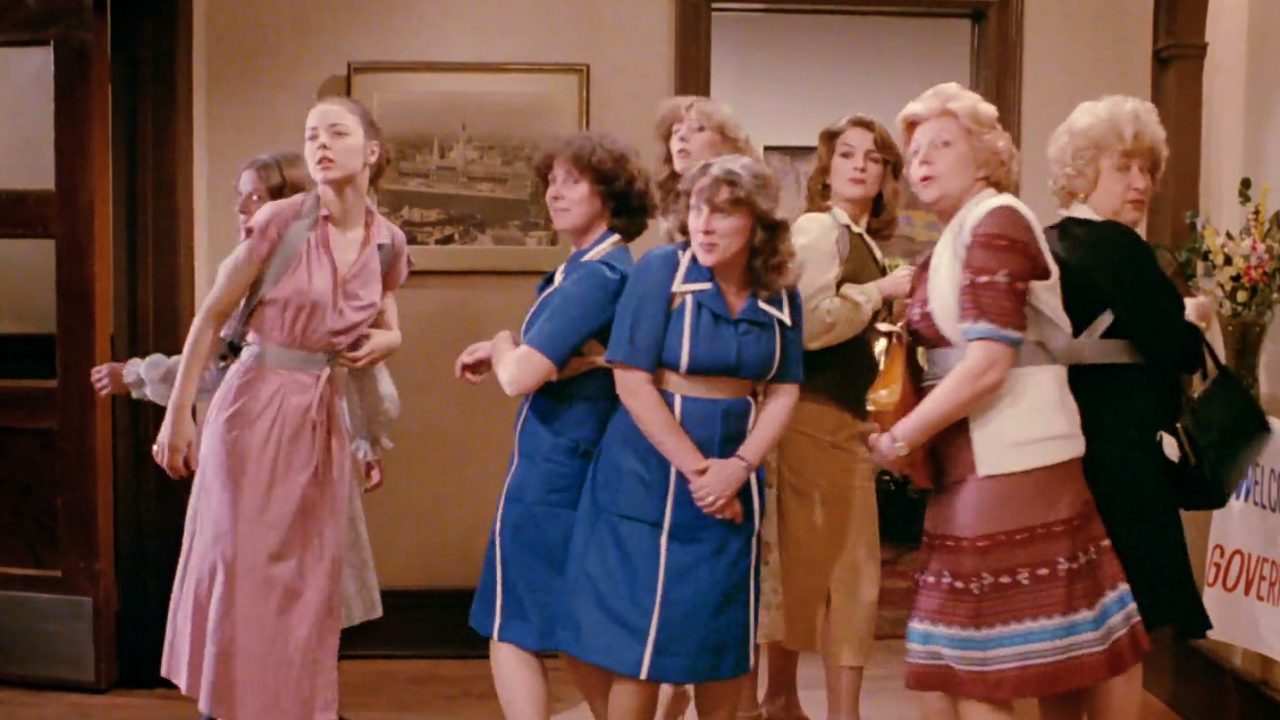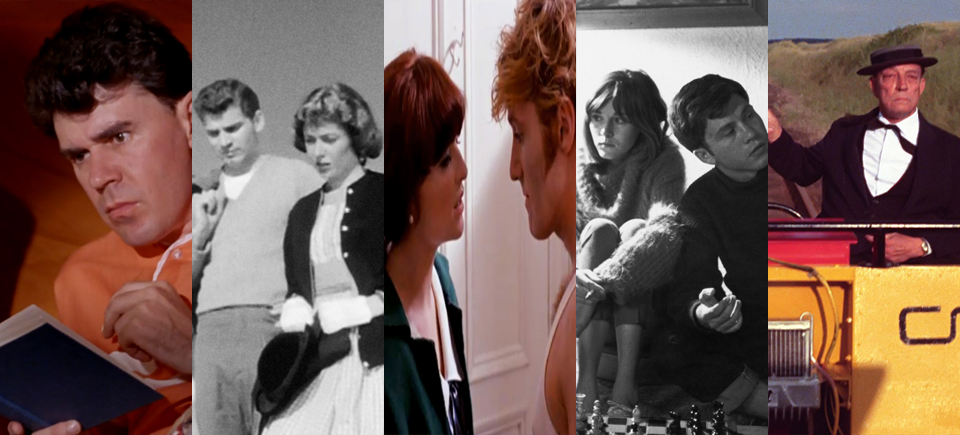From documentary to fiction: The story behind the NFB’s first feature film
Drylanders, Don Haldane, provided by the National Film Board of Canada
In the late 1950s, the NFB sent writer Charles Cohen out to Saskatchewan to investigate the possibility of making a film on farming and irrigation. After a great metamorphosis, this film would eventually become the NFB’s first ever fiction feature film. This is the story of how it came about.
Cohen had prepared a project of three half-hour documentaries on irrigation to be made for television. The NFB submitted this to the CBC, who refused it outright. The NFB felt that the idea was well worth a film and instead proposed a single one-hour documentary. Once again, the CBC refused.
Donald Haldane was brought in to direct, and he suggested making this a fiction film to tell the story. While the NFB had produced many short films for theatrical distribution over the years, it had never produced features. It was felt that this was too important a project to abandon so it was decided that the story would be shot as a short feature film to play in the nation’s cinemas.
Cohen was asked to re-write the screenplay. He decided to go with a more personal story, concentrating on the trials and tribulations of the Greer family, who had gone out west from Montreal to try their luck at farming. It is essentially the story of farming pioneers in a land that can be bountiful but also cruel.
Haldane got permission to shoot the film in widescreen 35mm but in black and white to keep the costs down. SuperScope, a less expensive alternative to the then popular CinemaScope, was chosen. This caused cameraman Reginald H. Morris csc some trouble as it was the first time it had been used at the NFB.
Regardless of the technical problems, production began in the summer of 1961 with shooting in and around Swift Current, Saskatchewan. Several stage actors from Toronto were brought in to take on the principal roles. These included Frances Hyland, who was known from the stage but had done some television work at that time, and James Douglas. Locals were signed up to play some of the smaller supporting roles. The filming on the prairies took several weeks before production wrapped.
The important blizzard scene was shot in winter of 1962 at the NFB studio in Montreal. Some dubbing had to be done to correct the sound problems caused by the omnipresent prairie wind during the location shooting. The production budget swelled to about $218,000, which was about twice what was originally allocated.
Eventually, Columbia pictures agreed to distribute the film. It was decided to premiere the film in Swift Current and release it throughout the Prairies a couple of towns at a time. The premiere, on September 25th, 1963, was a huge success as were the showings throughout the Prairies. Some theatres reported ten times more people attending this film than usual. The film was also released in B.C. and in the east, eventually playing in more than 500 cinemas nationwide. Critics lauded the film for its realistic portrayal of pioneer life and the beautiful cinematography as well as the solid acting. Variety called it “A good clean simple film made with professional care.” It was obvious that the film touched a nerve with audiences, who appreciated seeing a Canadian story for a change.
The French dubbed version, Un autre pays, premiered in Quebec City on November 20th, to great acclaim, and played throughout Quebec. Eventually the film was released in the United Kingdom and in the United States. Columbia also released it theatrically in Central and South America. It would play on television in Switzerland, Yugoslavia, China and Malaysia among other countries.
Running a short 70 minutes, the film was offered as part of a double feature or accompanied by the NFB’s haunting 38-minute film on the war dead of the two World Wars, Fields of Sacrifice. Either way, it played throughout 1963 and 1964 on the nation’s screens before making its way to the non-theatrical circuit, where it continued to play in schools and community centres on 16 mm. It later enjoyed a second career on television and home video.
Today, the film still offers a gripping perspective on pioneer life, told in a sensitive way with beautiful cinematography and great acting. Frances Hyland stands out as the woman who reluctantly accompanies her husband out west but eventually comes to love the Prairies. The NFB gambled in making this first feature film, as it could have bombed with audiences. The success of Drylanders led to a whole slew of modest features being produced at the NFB in French and English throughout the 1960s and 1970s.




I first saw this movie when I was about 10 years old, probably 1972. My parents and my siblings and I were camping in British Columbia and the campground had a movie night, and this was the film. I never forgot it as it made a huge impression on me, even at that tender age. I saw it once more, probably mid-1980s on television. Earlier this year I decided to search it on the NFB web site and I was thrilled to find it. I have watched it twice since. It moves me even more as a grandfather than it did as a child. Well done!
This is a lovely film about the early farming years on Saskatchewan. I have used this for 5 years in my ESL classes to show the new Canadians what this era was like. Each class really enjoys this portrayal of time in Saskatchewan. I remember watching this as a child in one of my school classes.
This was a very fine film and touched my soul. Great job and I’m glad that it ended up doing well in Cinema. I did not see this in 16mm in school unfortunately.
The cinematography was keen and no over use of the now common wide angle lens was used. It was a real humane perspective.
Thanks for offering this on the web. Excellent transfer to digital.
I’m kinda miffed that there are no other comments!
I remember this movie well it was mostly shot on my uncle’s farm east of webb sask on the farm of Blake
Thierman. I remember seeing it in webb at the hall when i was a kid. This show brought back a lot of memorys of the 50’s and 60’s I also remember seeing another movie that i can’ seem to find that was shot up in the cypress hills about the RCMP and the Indians that came up from the states. we kicked them out and custer caught up to them and they killed custer and all of his troups.I Think it was called THE CANADIANS